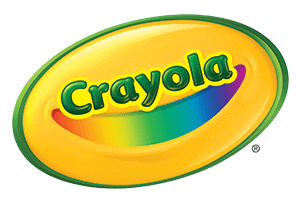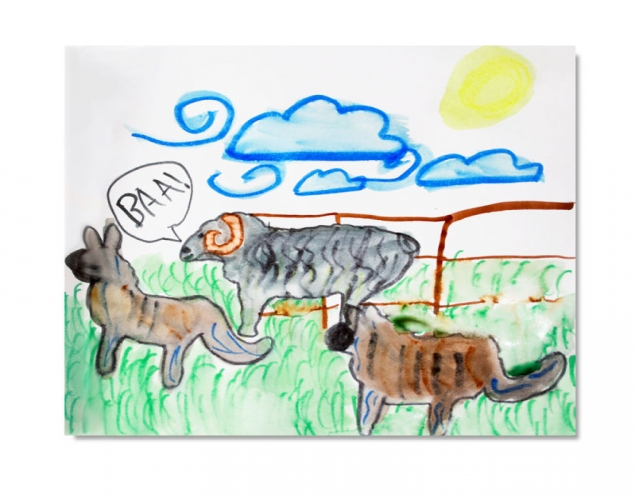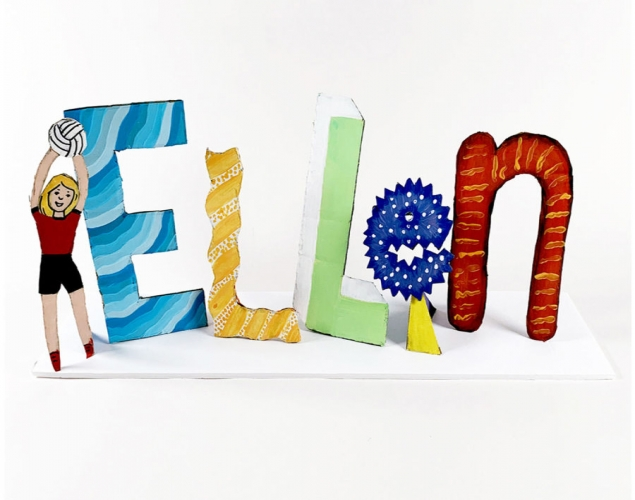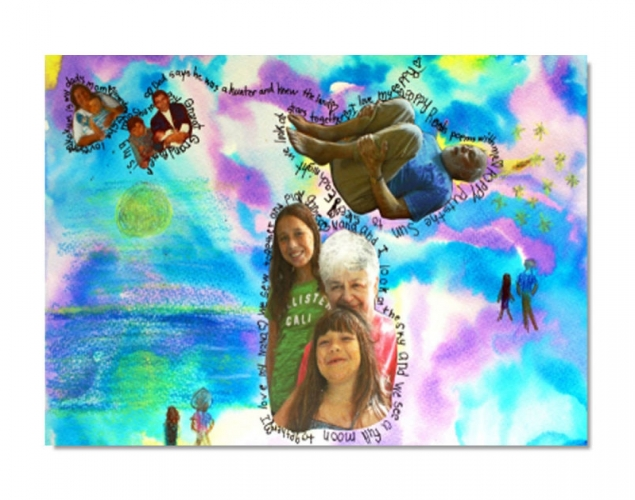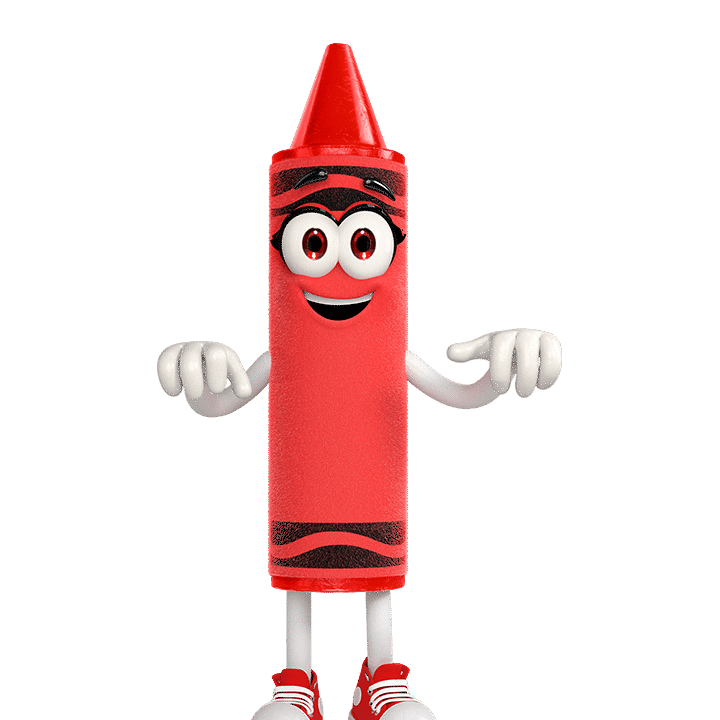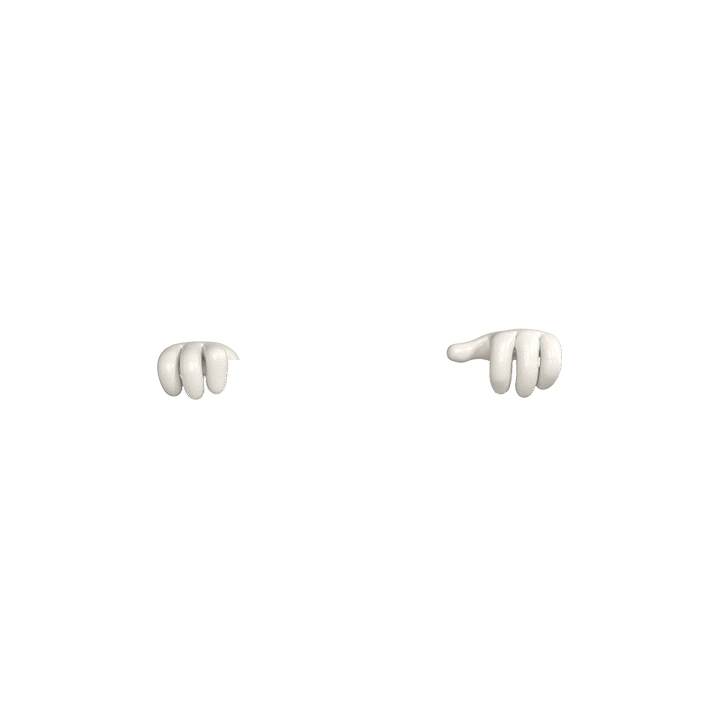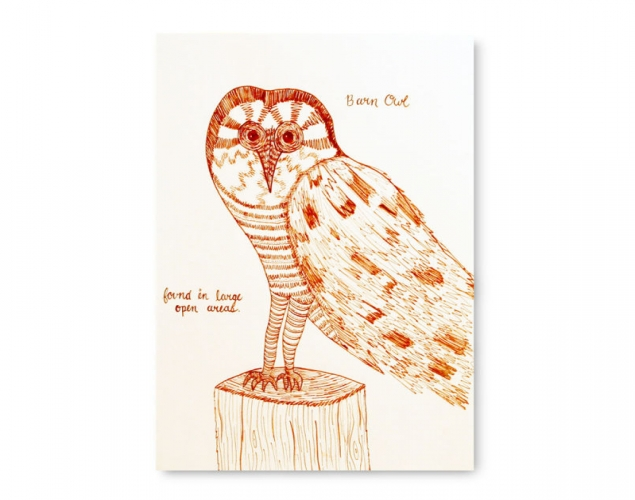
Supplies:
- Crayola Markers
- Crayola Sketchbooks or Crayola Marker & Watercolour Paper - 22.9 cm x 30.5 cm (9" x 12")
- Crayola Paint Brushes
- Plastic Container Lids
- Water Containers
- Plastic Animals or Other Objects to Draw
Steps:
1
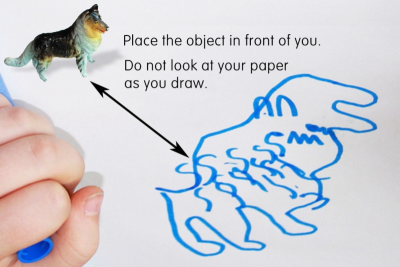
BLIND CONTOUR
- Place the animal you are going to draw in front of you.
- Draw with the tip of a marker.
- Do not look at your paper as you draw.
- Slowly look at the outer edges of the animal.
- Draw a smooth, fluid line to show where you are looking.
2
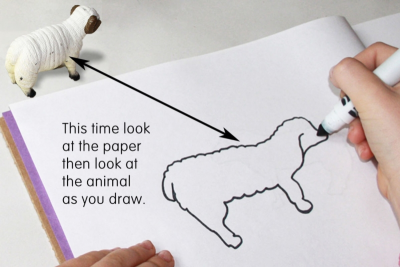
MODIFIED CONTOUR
- Place the animal you are going to draw in front of you.
- Draw with the tip of a marker.
- This time look at the object, start drawing and then look at the paper as you draw - eyes up, eyes down.
- Slowly look at the outer edges of the object.
- Draw a smooth, fluid line to show where you are looking.
3
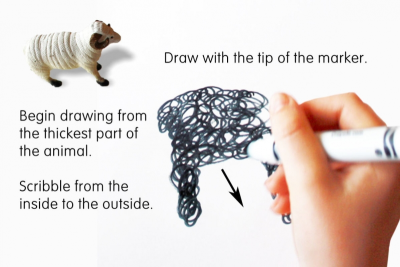
SCRIBBLE
- Place the animal you are going to draw in front of you.
- Draw with the tip of a marker.
- Begin drawing from the thickest part of the animal - working from inside to the outside.
- Scribble a loose, energetic line to fill out the mass of the object.
- Look carefully at the animal and your paper while you draw.
4
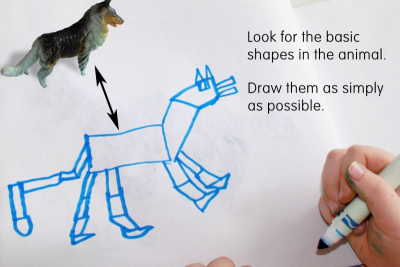
SHAPE
- Place the animal you are going to draw in front of you.
- Draw with the tip of a marker
- Look for the basic shapes in the animal.
- Draw them as simply as possible.
5
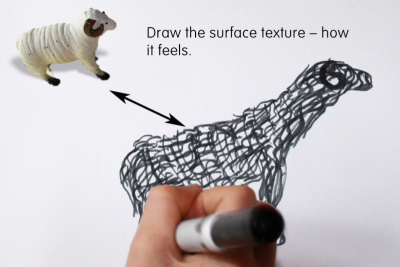
TEXTURE
- Place the animal you are going to draw in front of you.
- Draw with the tip of a marker.
- Look carefully at the animal and draw only the surface texture – how it feels.
- Do not draw an outline of the animal.
- Let the texture create the animal.
6
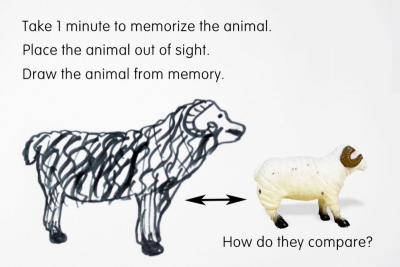
MEMORY
- Take one minute to memorize the animal.
- Place the animal out of sight.
- Draw the animal from memory.
- Compare your drawing with the animal.
- What is the same and what is different?
7
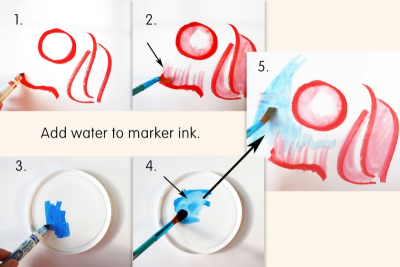
WATER AND MARKER
- Draw a circle and some lines with marker.
- Make the lines fairly thick.
- Paint a small amount of water into the outer edge of the circle.
- Let the marker fade from dark to light.
- Repeat with the lines.
- Notice how this technique makes the shape look three-dimensional.
- Draw some marker on a plastic lid.
- Make the lines fairly thick.
- Paint a small amount of water into the marker ink to liquefy it.
- Paint with the liquid marker.
8
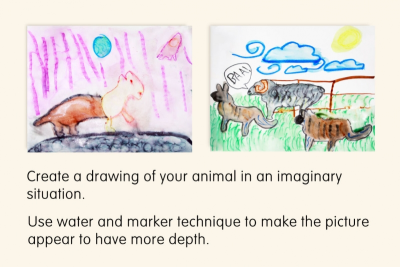
IMAGINATION
- Create a drawing of your animal in an imaginary situation.
- Combine what you know with what you can make up.
- Use the water with marker technique to make the picture appear to have more depth.
Subjects:
Language Arts,
Mathematics,
Visual Arts
Grades:
Grade 1,
Grade 2,
Grade 3,
Grade 4,
Grade 5,
Grade 6,
Grade 7,
Grade 8
